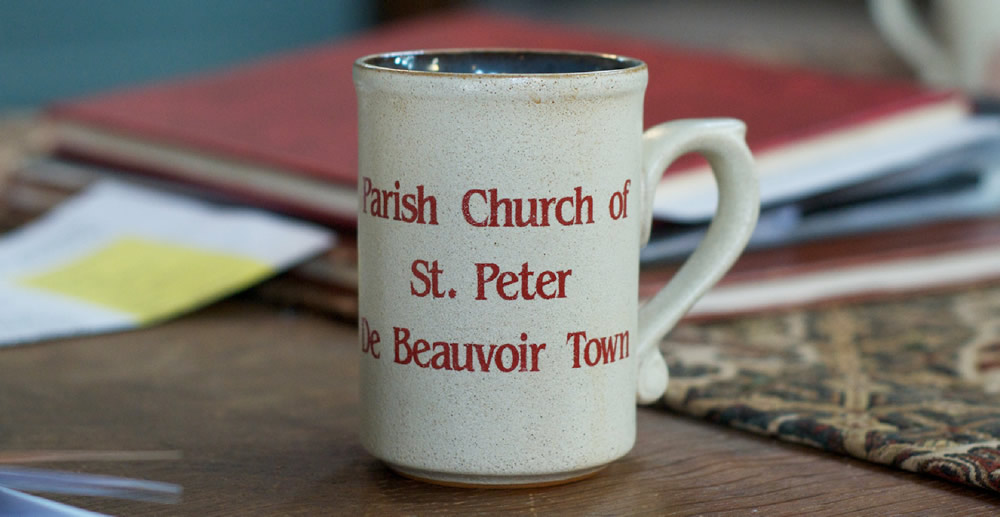Strength in numbers – St Peter’s thriving brigade of volunteers
I am the Treasurer at St Peter De Beauvoir, a thriving church in Hackney with 175 members on the Electoral Roll. Like many inner city churches, St Peter’s is genuinely diverse in its congregational make up.
Anglican churches now must register with the Charity Commission. I suspect that some Parochial Church Councils (the trustee boards) are still only dimly aware that they are actually trustees of a separately constituted charity.
As Treasurer it is my responsibility to submit the Charity Commission Annual Return. Completed online, it is for the most part is a tiresome administrative chore: names, addresses, dates of birth and telephone numbers of all trustees.
But a new requirement this year is to state the number of volunteers that work with the charity. The range of activities and the number of volunteers at St Peter’s astonished me.
First of all, there are the various activities that keep the church going, mostly arranged through rotas. Every week a group welcomes worshippers and distributes hymn books and worship sheets; others prepare the altar and wash the vestments, collect any congregational donations and take up the sacrament to the altar.
“The number of volunteers astonished me.”
Then there is a group of servers and another to review and oversee aspects of worship. Volunteers read the Bible lessons and lead congregational prayers. Yet other groups buy and arrange the flowers, clean the church and bake and serve refreshments after services.
There is another rota to drive elderly members to and from church. Beyond that there are seasonal events – Harvest Supper, Good Friday — with a wide circle of helpers to contribute food, prepare and clear up.
Our premises comprise a large church built mostly in the 1840s, together with a crypt as large as the church itself. Maintenance is a heavy burden. Again, a small group of experienced volunteers undertake small tasks and supervise professionals. To my surprise, I learned that the church clock is not a modern electronic version, but is wound every week by those fit enough to climb the tower steps!
Over the last few years, St Peter’s has succeeded in raising around £600,000 for a major refurbishment of the crypt. Most was achieved from grants, especially the Heritage Lottery Fund. But over £50,000 was raised from community events: book sales; art fairs and so forth.
The actual works were supervised by a volunteer group, mostly local residents with the requisite skills to commission and supervise the major works.
Each year our church partners with six Islington churches to offer refuge one night a week from January through March. The Night Shelter gives homeless people supper, conversation with a sympathetic listener, a shower, a bed for the night and breakfast with their clothes being washed overnight. Often they also receive new underwear and socks. This project is funded by gifts (cash and food) and by volunteers; many from the wider community rather than churchgoers.
Other outreach activities include a community café selling good-value food cooked and served by volunteers with even lower cost options for those in need. This attracts both older churchgoers and other residents and people working from home, but also increasingly mothers with young children.
The Freedom Club (for church members with the right to a Freedom Pass) meets weekly for a series of talks and outings together with bouts of quilting. Then there is the Film Club and occasional outings for young people. All these activities are led by groups of volunteers.
In the end I estimated that around 200 volunteers are engaged in the various activities at St Peter. I suspect we have underestimated the total who are engaged – I know I forgot the choir!
There was a challenge when it came to defining what is a volunteer. The next challenge would be to try to quantify the number of volunteers hours and the financial benefit. It is estimated that some 21 million people volunteer in the UK, and this small example is a great illustration of their activities and contribution.
What did I learn? Firstly, that the church draws in volunteers from a far wider circle than its actual congregation, and we need to better understand its continuing role in building social capital.
Secondly, that the concept of a “community hub” – a welcoming and inclusive space – has real resonance. And finally, that the charity concept – whether a church or a secular charity, contains within its very essence the voluntary principle.
Read Mary’s blog at chadwickfocus.wordpress.com.






